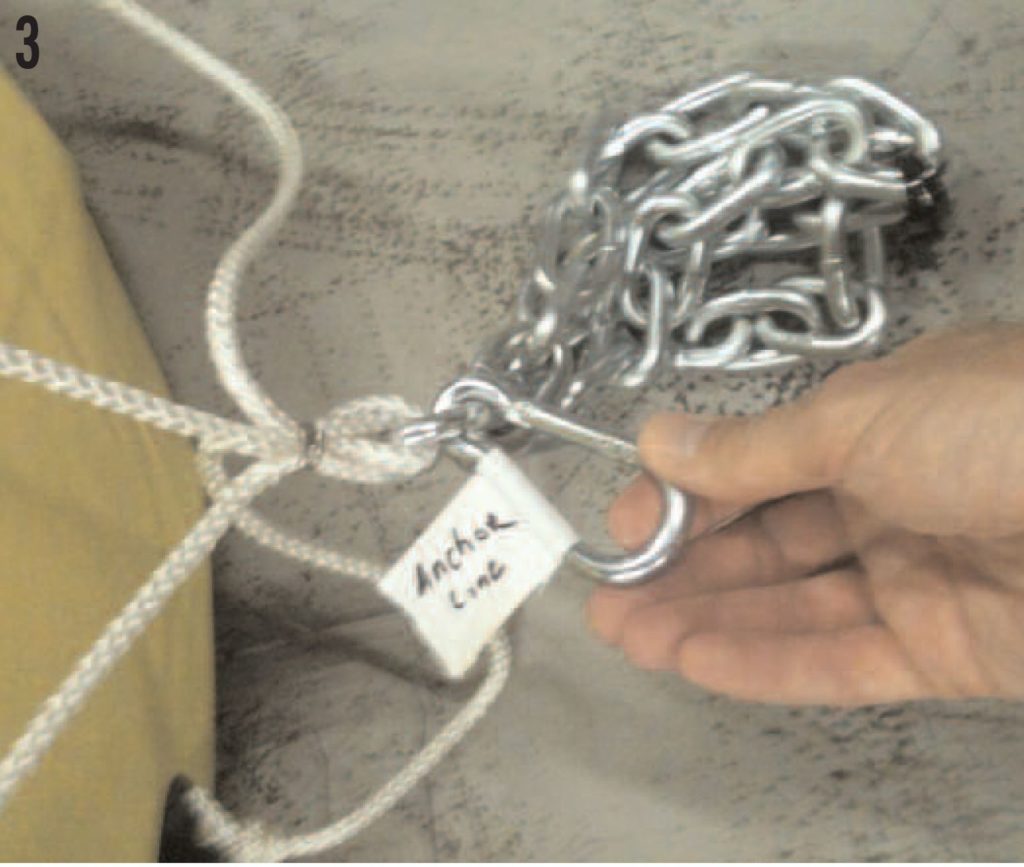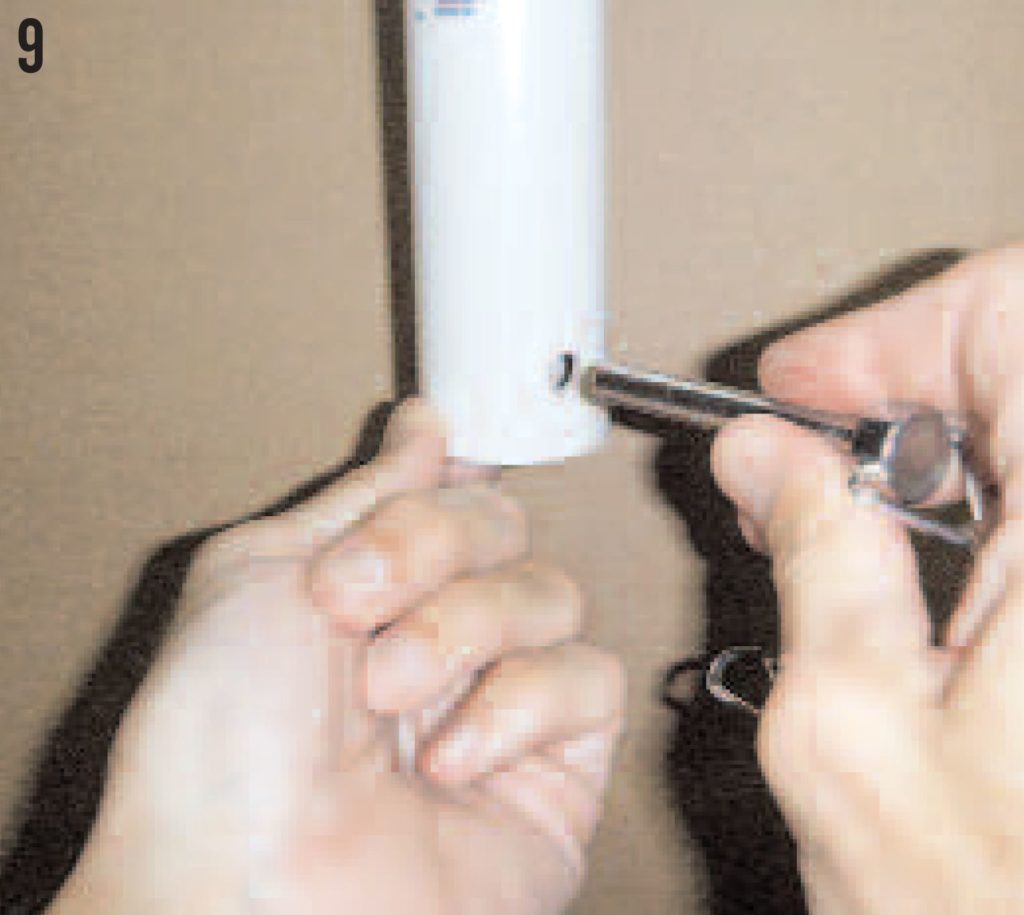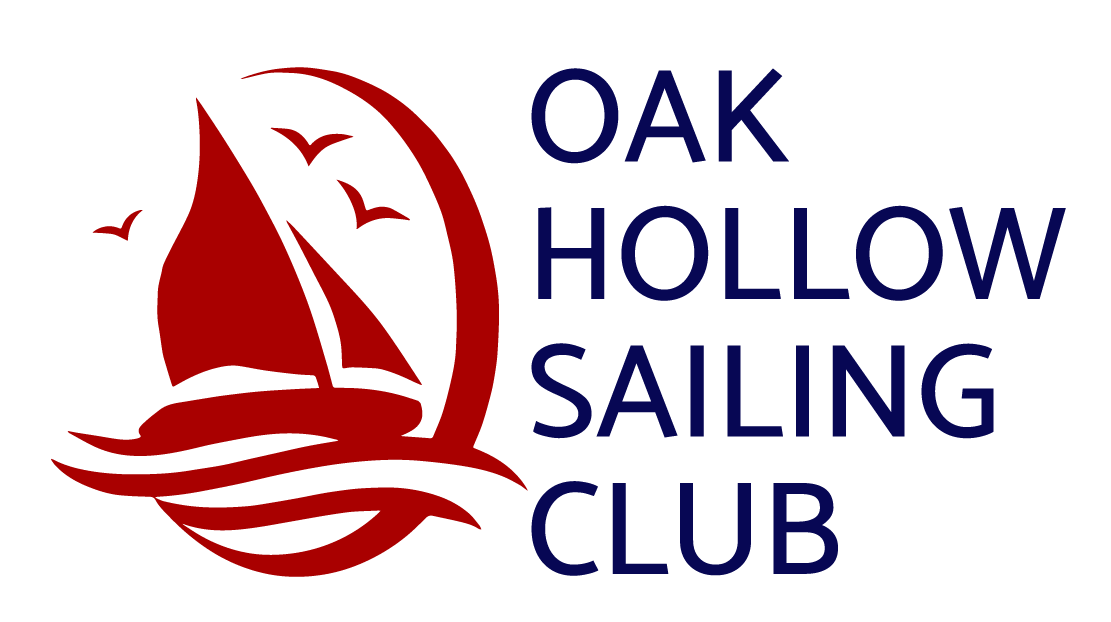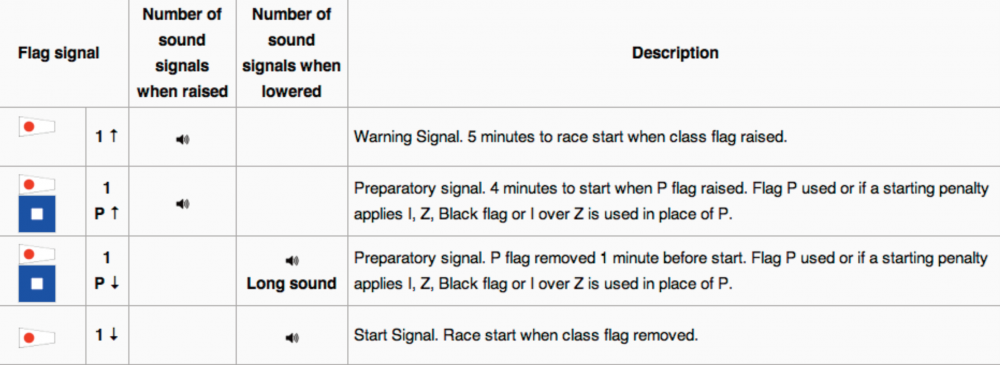OHSC Race Committee Team Instructions
Click HERE to download a PDF file of the information shown below.
Click here to download the Race Signal Flags PDF file.
Course
Regatta courses are generally set in either a simple Windward/Leeward fashion with 2 marks, or in a Triangular fashion with 3 marks. In both instances the first leg is always upwind. Make sure to post the type of course on the RC Boat tote board (see below).
Race Tote Board
The Race Tote Board supplies on the water entrees with complete race information. It is stored from the inside roof of the RB Boat canopy and should be hung from the port side of the RC boat railing. Use “W” to denote a Windward/Leeward Course and a “T” to denote a Triangle Course. Use “1,” “2,” or “3” to denote the number of laps to be run.
RC Boat Anchoring
Once the desired position of the Race Committee (RC) boat has been determined, tow the boat upwind of that position by about 30 yards and drop the anchor off the bow. Allow the RC Boat to drift backwards while paying out ALL the anchor line. When the line is all out and you feel the anchor grab solidly, the RC boat is anchored, with bow naturally into the wind.
Starting Line
The starting line should be set to the RC Boat’s port side and roughly perpindicular to the wind as shown in Illustrations 1&2.. The length of the starting line is determined by the number of boats participating in the regatta. The length of the starting line should be equal to the combined total of all the boats in the regatta. For example: 10 boats with an average length of 15 feet will require a starting line of 150 feet in width. This is a rough guide and you do not need to be accurate to the exact foot. Anchor a marker-buoy at the far port side of the starting line.
*Please announce that both starts and finishes must be done between the RC Boat and the starting line mark-buoy, and that this line runs from the buoy to the RC Boat’s forward port side aluminum upright.
Mark Roundings
These may be to port or starboard (direction in which boats will round each mark) although are generally set for port roundings. Whichever direction you choose, make sure to state such at the captains’ meeting in order to eliminate any confusion.
A green and a red flag are kept on the RC boat. Flying the RED flag denotes PORT roundings and flying the GREEN flag denotes STARBOARD roundings. These flags enable the RC Committe to change mark roundings either prior to the first race or between races, if necessary, due to changing conditions.
Laps
Races may consist of from 1 to 3 laps. Generally you will choose to run more laps per race on higher wind days, and fewer laps (usually 1) on low wind days.
Mark Buoys
Our new inflatable mark buoys will greatly aid racers in easily seeing the marks from longer distances and during times when one or more boats may be between them and the mark. However they do require a little extra effort to inflate and set on the race course.
1. Marks are inflated with a power or hand pump with nozzle inserted into the top of the two screw openings on top of the mark buoy. This is a one way valve and only allows air in, not out. Marks are deflated by unscrewing the bottom, larger, opening, and allowing to self deflate.
2. Leave some room in the buoy for air expansion when the sun heats the interior air. Do NOT overinflate. A little under is better than a little over.
3. The buoys utilize counterweights so they will remain upright during heavy wind. Attach the anchor line loop to the carabiner clip (3) which is also attached to the buoy harness. The weights can then be attached to the same carabiner. Take care not to drop the weights in the water before they are attached to the buoys. The 5 lb weights go on the tall buoys, the 2 lb weight is for the short buoy.
These buoys represent a significant investment and while reasonably durable, are not indestructible. Take an extra minute to properly inflate and set them so they will serve the club for many years to come.
Setting Mark-Buoys
The anchors and anchor lines are found in 5-gallon buckets onboard the RC Boat forward lockers. The combinations for the locks are recorded on the RC Boat control box behind the red fire extinguisher. The mark-buoys can be inflated and loaded into the safety boat prior to heading out to the committee boat.
Drop anchor at each mark location. Feed out line until anchor reaches bottom, then allow an additional 3 to 4 feet of line. Throw a quick loop knot (4) in the anchor line at that point and attach a mark-bouy to the loop with the attached clip (5). Cleat the excess line back into the plastic anchor line retainer (6) and toss both mark-bouy and line retainer overboard.
*Retrieval is done in the exact opposite fashion. Neatness in retrieval will aid subsequent RC Boat committee personnel.
Horns
It is recommended that you utilize both types of horns. Use the hand held air horns (located in the RC Boat storage locker) for all starting signals, aiming the horn to port stern of the RC Boat. This is the direction in which the boats will be located prior to the start. Use the electric horns, which face to the bow of the RC Boat, for signaling when a boat has crossed the finish line.
Raising and Lowering Flags
The Race Committee flag (blue with club insignia) can be raised from the halyard at the front of the RC Boat. This stays up all the time. The Class and Prepatory Flags are attached to PVC pipes. Drop them from the top, into the PVC fittings on the RC Boat’s forward port structure. To raise a flag, push the smaller PVC pipe upwards until it is past the pin hole in the larger PVC pipe. Then insert the pin. This holds the flag in the “up” position. To lower a flag, simply pull the pin out and the flag will drop down.
Captains’ Meeting
1. Announce type of course (W/L or Tri), number of laps and direction of mark roundings.
2. Run through the starting sequence.
3. Mention that the exact starting line runs from the start markerbuoy across to the forward port aluminum upright on the RC Boat.
4. Announce that a multi-horn blast will be given a few minutes before the actual starting sequence begins.
5. Announce the expected start time of first race. Hold to this.
6. Mention that subsequent races will be started only a few minutes after the last boat has crossed the line in any given race. This keeps the races moving and on schedule. Again, a multi-horn blast after the last boat has crossed the line will alert everyone that a new starting sequence is about to begin.
Starting Sequence
The starting sequence with flag and horn instructions are taped to the back of the RC Boat insignia board next to the flag holder assembly. They are included at the end of this instruction sheet as well.
*It is recommended that you give a few horn blasts prior to the actual starting sequence. This will alert everyone that the starting sequence is about to begin in a few minutes.

1. Common Windward/Leeward Course

2. Common Triangle Course








